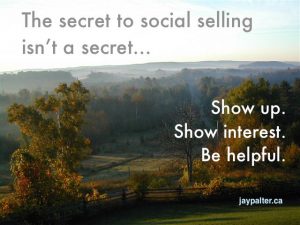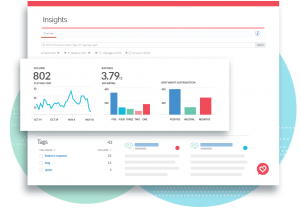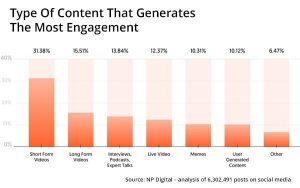— December 8, 2017
It’s not what you think.
In fact, it’s likely the last thing you’d think of when it comes to seeing one of your status updates “go viral” on LinkedIn.
Perhaps that’s why this approach works so well.
But, before I get to what type of content and posts I’ve seen go viral in my own personal experience on LinkedIn, I need to explain how the world’s largest platform for professionals decides on which of your posts to promote – or put aside.
How LinkedIn’s Newsfeed Works
If you’re an engineering or analytics nerd, feel free to take a deep dive into LinkedIn’s own explanation of how the platform chooses to display (or remove) the millions of posts made on its members’ newsfeeds each day.
Here’s how it works, according to LinkedIn: Once you post a status update, article, video or other piece of content on LinkedIn, the system instantly analyzes it and decides if it’s obvious spam, a violation of its terms of service or other red flag type content.
Next, assuming you pass LinkedIn’s internal “smell test,” your content will next be shown to a segment (but not all!) of your connections and followers on the platform.
Velocity + Engagement Are Key
At this point, the rubber truly meets the road with your status update or post. It all has to do with how fast and how much the people who do see your post engage with it via likes, comments, shares, etc.
LinkedIn calls this “velocity,” and it’s critical to getting your post from a few dozen views to a few thousand.
So What Type of Content Goes “Viral” on LinkedIn?
In my experience, sharing Jesus and stories of people telling me to (expletive) off seems to work best.
Allow me to explain.
Having spent the past 60 months studying LinkedIn lead generation and selling strategies, I’ve discovered that people are often too professional on the platform.
What I mean is this: In real life, when you meet a prospective customer for coffee or lunch, you act like a human being – you crack jokes, you share your story (both professional and personal) and you build a personal, 1-on-1 relationship.
How many people do you encounter on LinkedIn who send you invites or messages that have something personal in them, something that helps you get to know, like and trust the other person?
Getting Personal = Going Viral
My entire strategy for selling on LinkedIn is simple – you find, connect and engage with your ideal prospects on the platform. And you do it in a way that is authentic, relational and as close to “real life” selling as possible.
Once you’ve built enough value, trust and familiarity into a 1-on-1 relationship with a prospect you meet via LinkedIn, selling your products and services becomes a natural extension of that exchange.
And, as far as going viral, it is not my LinkedIn lead generation tips, webinar invites or “how to” articles that skyrocket engagement and interaction on the site.
Rather, it’s me being human.
One example was sharing about why, as someone who endured a lot of abuse and dysfunction as a child, I need to keep working on my battles with depression and self-hatred if I want to be more successful in business.
This post where I shared a photo of myself as a young boy and my thoughts on how income improvement follows self-improvement went viral on LinkedIn, generating 3,000+ views, nearly 50 likes and almost 30 comments:
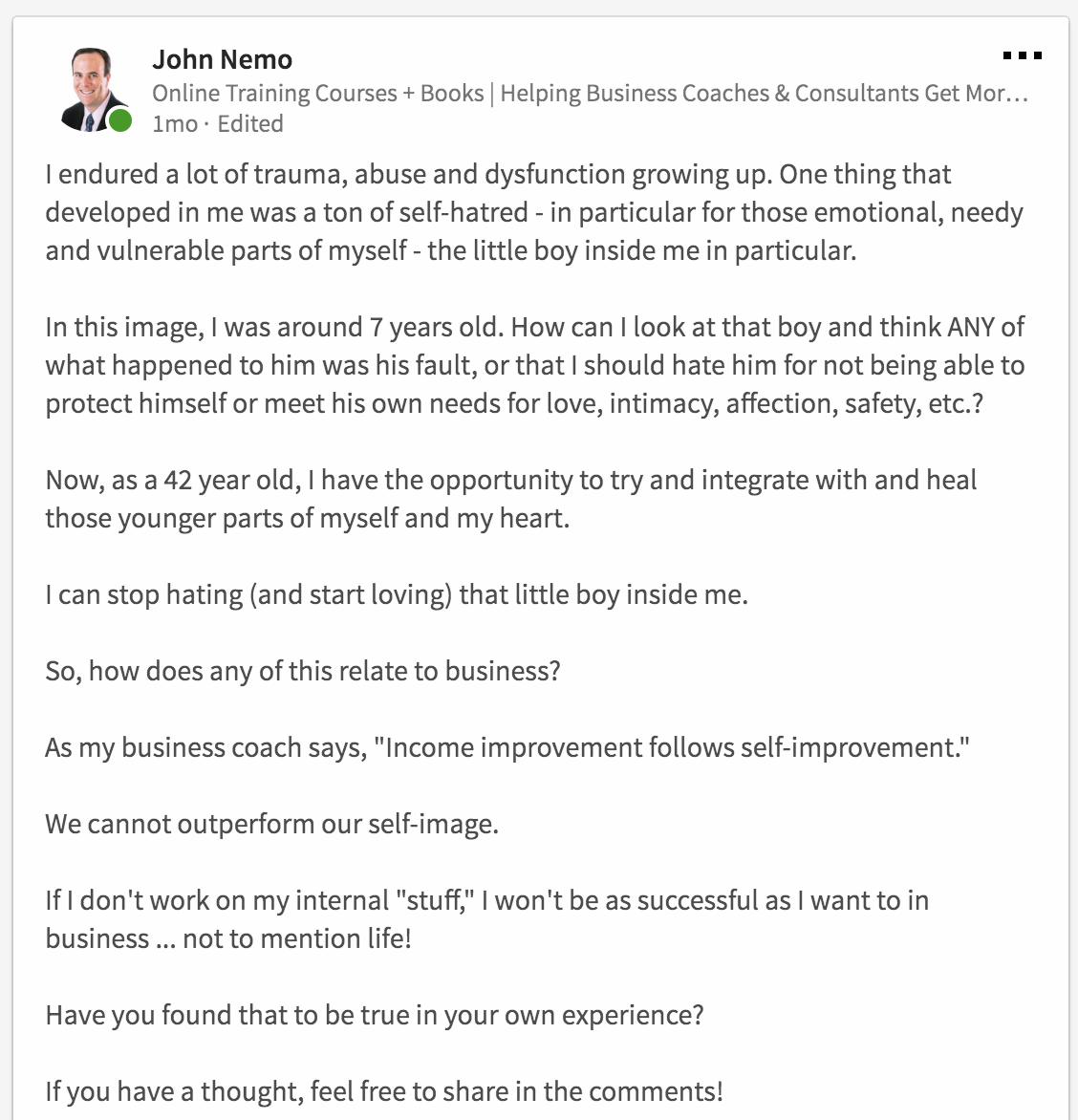
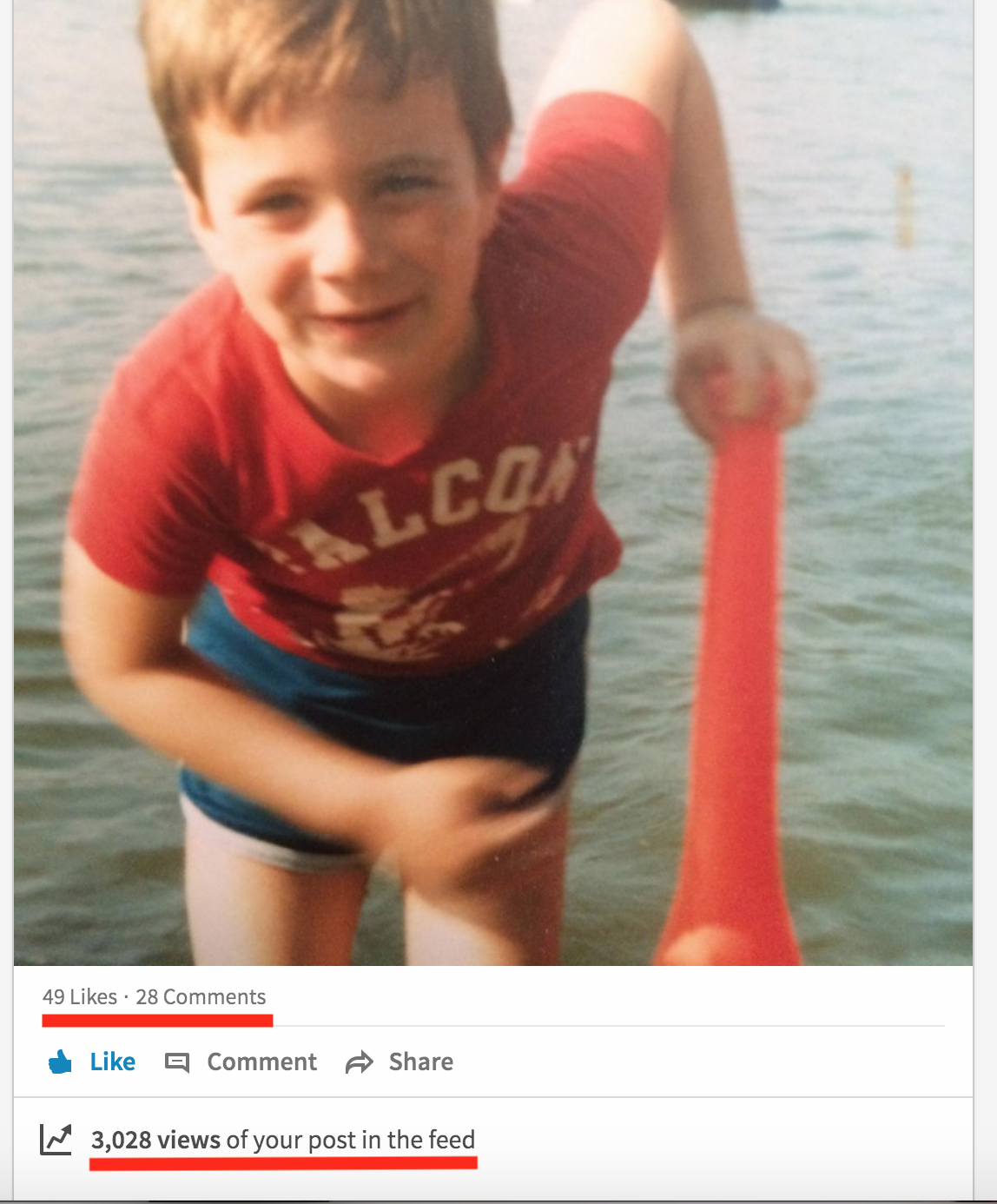
(As a comparison, most of my “non personal” posts on LinkedIn might generate a few hundred views and a handful of likes or comments.)
Talking Religion and Politics on LinkedIn
I also sometimes share about a personal passion of mine – being a huge fan of Jesus Christ.
However, I am careful to never share my thoughts on Jesus in a religious, pious or self-righteous fashion.
Rather, I always try to lead with my own real-life struggles, brokenness and shortcomings as context for that type of content. As a result, I’ve noticed people don’t really get angry with me for admitting how broken I am, how in need of grace and forgiveness I find myself most days, how I find motivation and inspiration in Jesus, etc.
As an example, this post about how Christians need to love more and judge less generated nearly 4,500 views, 60+ likes and more than a dozen comments:
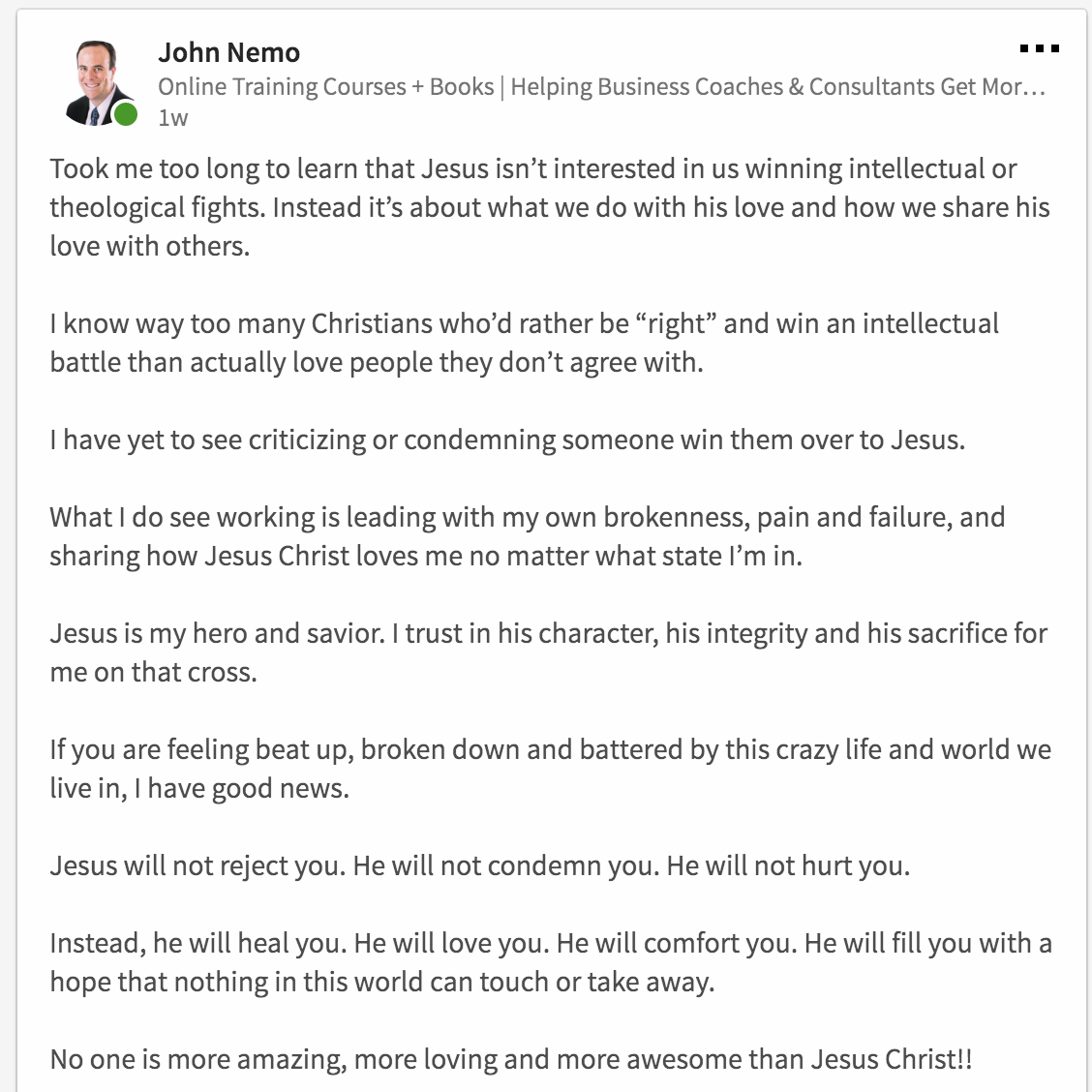
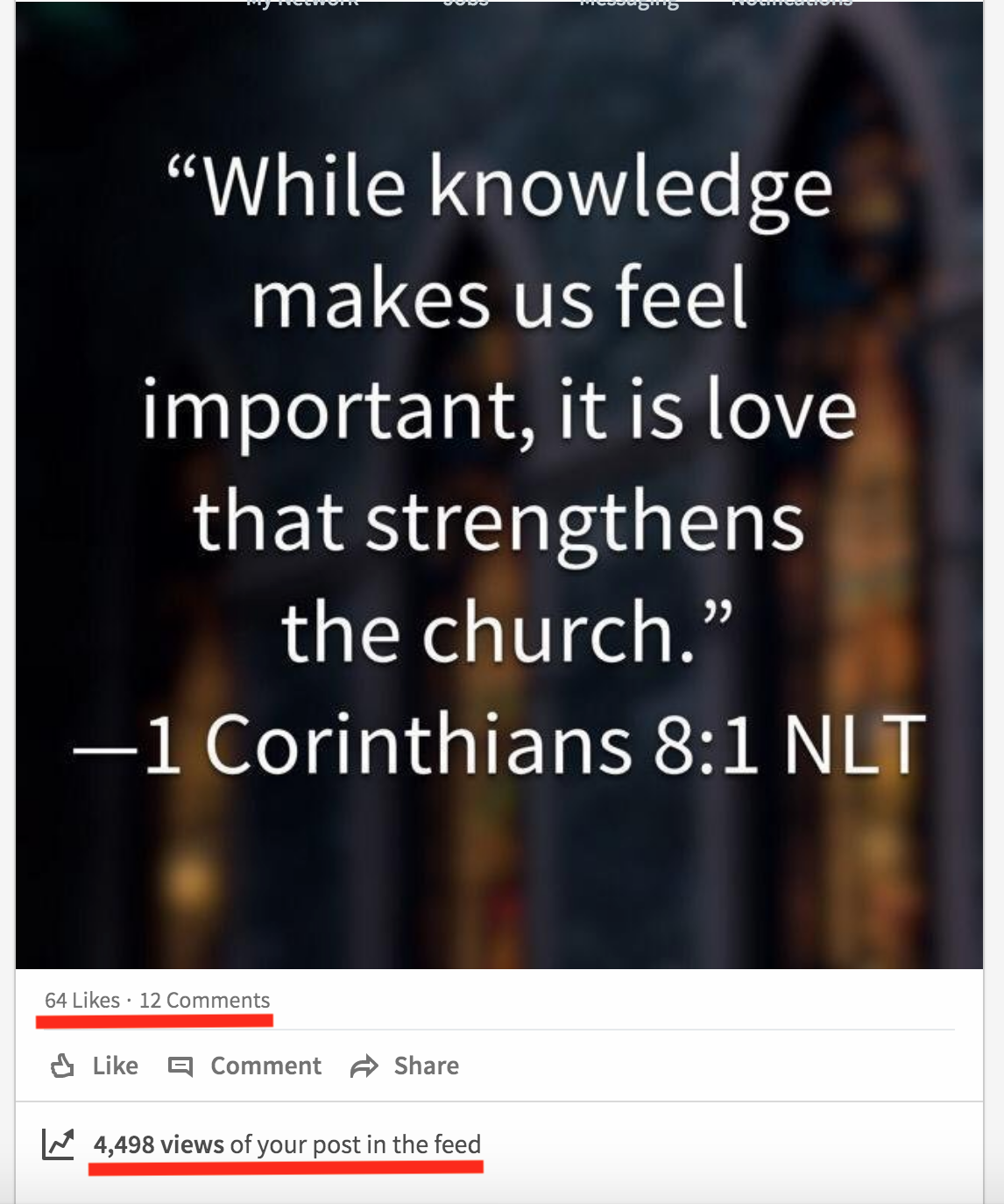
Now, this is a personal passion of mine, and for you it might be stories about sailing, or playing a sport, or taking your kids on a vacation, or something else that helps people get to know, like and trust you.
It certainly doesn’t have to be as potentially divisive as talking religion or politics at the LinkedIn dinner table.
But the content you create and share does need to be authentic and personal.
What People Want Online
More than ever, and especially in the digital space, your potential clients and customers are craving authenticity and transparency.
They are craving someone they can get to know, like and trust.
Remember, anyone can communicate using a platform like LinkedIn.
But how many people actually connect at a deeper level with prospective clients and customers on the platform?
The (Infamous) Angry Email
One of the best examples of this was sharing a screen shot of an angry reply I received after inviting someone on my email list to a free webinar.
This post of the angry “[EXPLETIVE] OFF!” email reply (he even wrote back in 72 point font!) plus the business lessons learned has been one of my most viral LinkedIn posts ever. To date, it has more than 16,500 views, 100+ likes and more than 30 comments:

Want To Go Viral on LinkedIn? Be Real.
The lesson is simple – LinkedIn is looking for content that gets its members engaged, and that does so fast.
People on the world’s largest platform for professionals are not expecting (and often are pleasantly surprised by!) personal content.
I’m not saying you start sharing vacation photos and dog pictures 10 times a day on LinkedIn, however.
Instead, you need to find the sweet spot of mixing in real, authentic and personal story or experience with a business or life lesson.
Letting your guard down and being human once in a while on LinkedIn lets others know you’re approachable, trustworthy and just like them.
At the end of the day we’re all still human, right?
Digital & Social Articles on Business 2 Community
(77)

